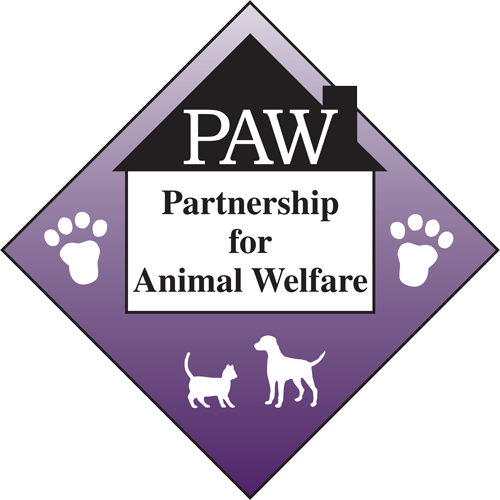There are many rescues listed on the Internet; in fact, the PAW web site links to a few that have web sites of their own. In addition, your local shelter, your vet, or your groomer may be able to point you to one. There is a rescue for nearly every breed. In addition, some rescues (like PAW) devote their resources primarily to the all-American dog, or mixed-breed.

Choosing a Rescue Group
Rescues differ from kill shelters in that once a dog is taken accepted by the rescue, he is not likely to be euthanized unless insurmountable health issues occur, or the dog becomes unmanageable (a biter).
Finding a rescue may take a little time.
Once you have found a rescue, interview the person considered to be the lead contact.
Find out if the rescue is a nonprofit 501(c)(3) group (a group does not have to be nonprofit to be reputable, nor does 501(c)(3) status automatically confer legitimacy) and ask how they raise funds to operate. Find out how long they have been in existence. Ask about the numbers of dogs they have placed, and, if possible, contact some of their adopters.
Ask if your dog will be placed in a foster home or kennel until a good home is found, then ask to see where the dog will be living until it is adopted.
Is the rescue prepared to keep the animal as long as it takes to find her a good home, possibly forever? Does the rescue spay/neuter, and provide heartworm preventive and vaccinations, in addition to other medical necessities that may occur? Find out which vet(s) the rescue uses and ask them if the rescue acts responsibly on the animals’ behalf. Are they clients in good standing (do they pay their bills)?
Ask the rescue contact how they screen adopters.
For instance, what sort of criteria must the adopter meet in order to qualify to adopt a dog from them? Does the rescue conduct a veterinary check on the applicant’s previous and/or current animals? Do they check the house to make sure it is an appropriate environment for the dog? What are their policies on apartment versus house, owning versus renting? How do they view the presence of small children, and fenced versus unfenced yards? Do they specify that the dog must be kept inside when the owner is not home, and that it is not to live outside in a doghouse, on a tie-out, in the garage, or be kept in the basement? Do they insist that dogs must be on leash outside fenced areas? In short, do they select adopters who are committed to their pets’ welfare?
Ask if the rescue requires an animal to be returned to them if for any reason the adopters cannot keep the animal.
Ask if they impose an adoption fee and if so, how much. Is a contract signed? Ask to see a copy of it, and the application form.
Many rescues are overburdened and can take only young, healthy dogs.
If the rescue you have contacted cannot take your animal, perhaps they can recommend another rescue that may be able to take her. If the rescue is short of volunteers, you might consider fostering the dog yourself. You will be called upon to abide by the rescue’s policies, but if the rescue is proactive in seeking qualified adopters, it may be the most productive way of finding your dog that special new home.
Finally, be honest with the rescue about why you are giving up the dog.
If the dog has a behavioral problem, the rescue should be aware of it in order to place the dog in the right home. Be honest about the dog’s age, medical history, temperament, and background. Finally, transport the dog yourself to the rescue contact or foster home.
Note: this article, written by Lynne Keffer, is written about dog rescue groups, but the points apply to cat rescue groups as well.


